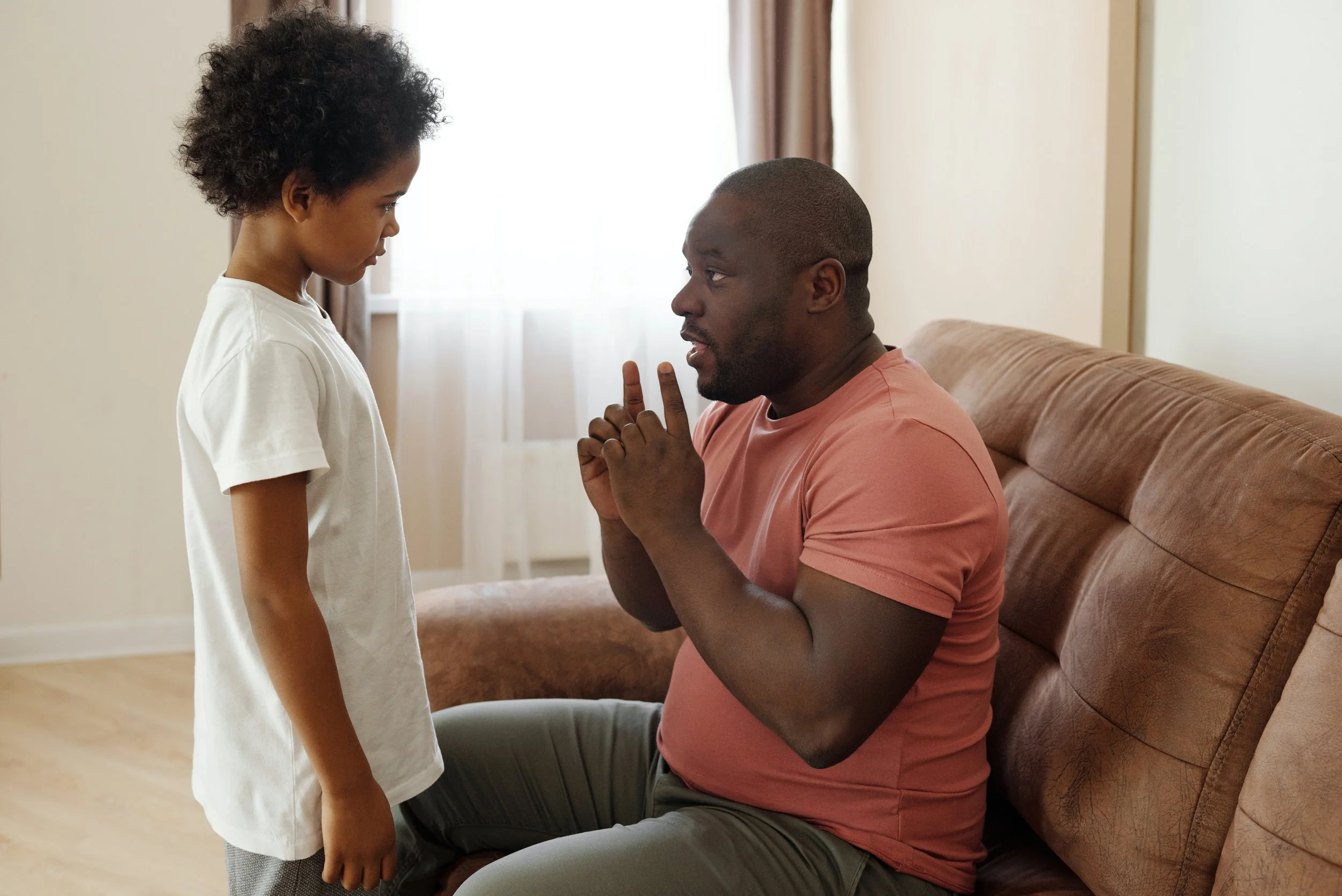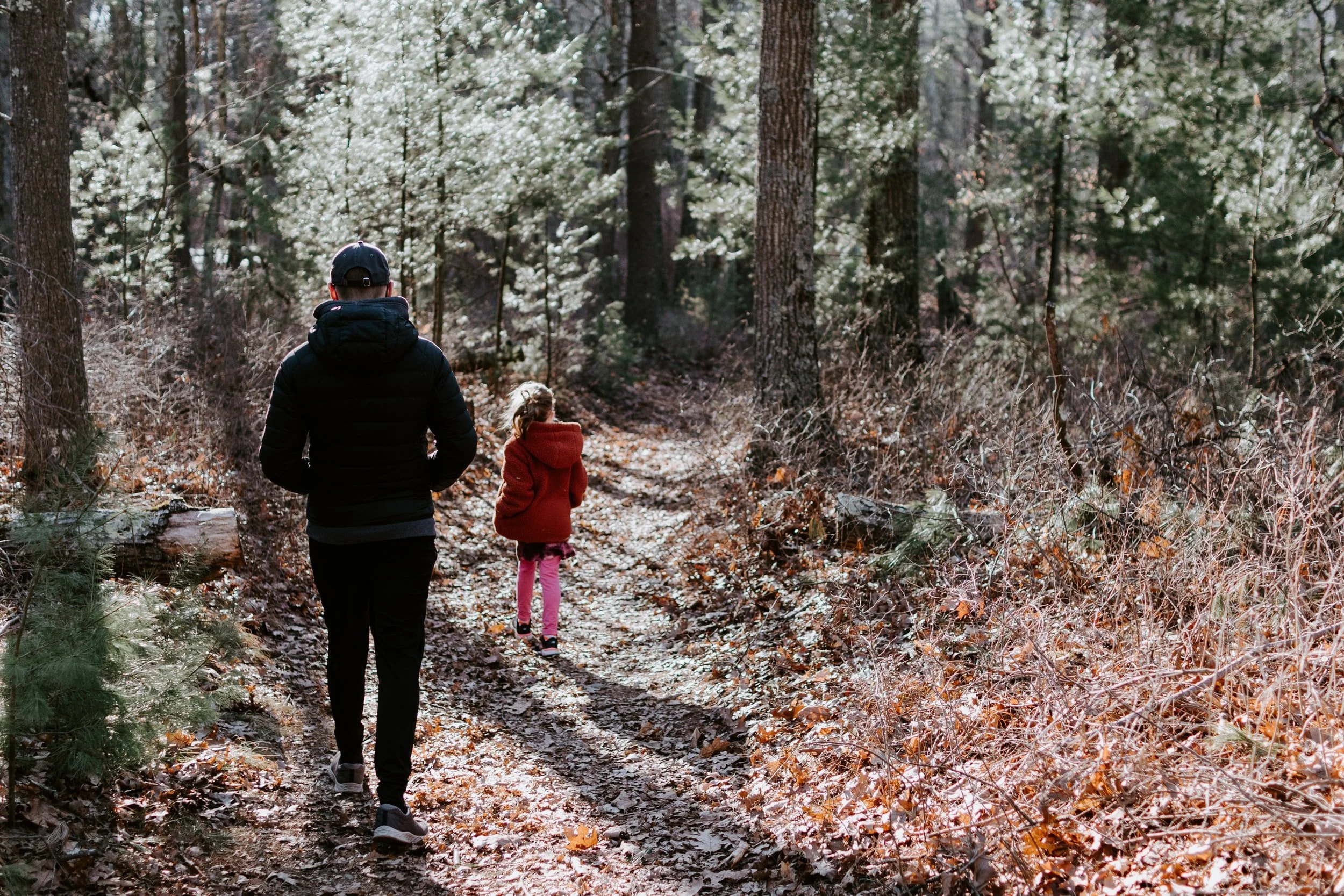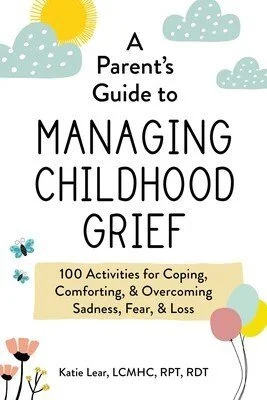You’ve probably imagined many difficult conversations you’ll need to have with your kids in the years to come: talks about bullying, puberty, and real-life issues like racism and violence. For some reason, talking to kids about death wasn’t at the top of my mind. Maybe that’s because we aren’t very comfortable talking about mortality as adults either.
Even though the subject of death may not get as much attention, it’s important to think about. Losses, both big and small, are a natural part of childhood. Many children encounter death for the first time through the loss of an animal, such as their classroom goldfish or the family dog. Kids who are fortunate enough to have close relationships with grandparents and extended family may also learn about grief as their loved ones age.
Whether you’re anticipating a loss in your child’s future, or just want to introduce the concept of death in a healthy way, it can be hard to find the right words. So, let’s talk about how we talk about death. We’ll go over how to tailor information to your child’s age, words to use (and words to avoid), and how you can make conversations about death a part of your day-to-day life.
At What Age Should You Tell a Child About Death?
Death is a huge concept, and it takes a long time for children to really understand what it means. However, even the youngest children feel grief when a loved one dies, even if they don’t grasp exactly what has happened. If you’ve recently lost a loved one, any child who is old enough to express their feelings through talking and playing is ready for a very simple explanation of death.
Usually, children begin to understand that plants, pets, and sometimes even people die by around age 4 or 5. However, it will be a long time before your child is fully aware that death is permanent and happens to every living thing. If you’re not mourning a loss and just want to broach the subject of mortality with your child, you can let their own curiosity about life and death guide your conversations.
Young children are famous for asking lots of questions—remember the “why” phase? You don’t need to volunteer lots of information about death and dying, but if your child asks you a question, it’s okay to give a short, honest answer. In general, if your child is old enough to ask, they’re developmentally ready to hear your response.
Tailor Your Talk to Your Child’s Age and Maturity Level
Talks with kids about death are not one size fits all. The information your child needs will depend on their age, where they are in their development, and your child’s individual personality. Your child is unique, so use your best judgment and your knowledge of your child when considering what to share. Let’s take a look about how kids tend to think about death, according to their age.
Preschoolers are just starting to develop a concept of death: before this age, the word doesn’t really hold any meaning at all. Little children may worry that death can be a punishment for bad behavior, or that the things they think and do might cause someone else to die. Keep your explanation of death very simple and concrete, and help your preschooler to understand that the things they do can’t make others get sick or hurt. Be prepared to answer lots of repeated questions, and to remind your child that death is permanent.
Elementary school-aged kids have a better understanding of death as a permanent event. As they realize that death happens to all living things, they may start to think about their own mortality. This can lead to worries about their own health and safety, or the safety of loved ones. It can help to remind your child that most people live to a very old age, and discuss who would take care of your child in the event of an emergency. School-aged kids are ready for a more detailed explanation of death and any religious beliefs your family holds. You can let their questions guide how deep your conversation goes.
Tweens and teens are more capable of the abstract thinking, which allows them to appreciate spirituality and the permanence of death in a deeper way. Kids this age are figuring out who they are and what they believe about life. They may enjoy reflecting on their own spirituality and what they think about religion. Teens may be ready for harder conversations about death, and may ask uncomfortable questions without simple answers. Honesty is the best policy, especially with this age group, even if the answer you have is “I don’t know.”
Simple Language Is Best for Kids
At this point, it’s common advice to use straightforward words when talking to kids about death. Euphemisms that sound comforting to us can be confusing for kids, because they’re abstract. Children may fill in the gaps in their understanding with their own assumptions, which are often scarier than the truth.
We understand what it means when someone “passes away,” but a young child doesn’t. Where did they pass to?, a child might wonder. Is it like passing out? If a family pet has been put to sleep, a child might fear going to bed at night, in case something bad happens to them, too. Even phrases like “she’s gone to a better place” can cause children to wonder if a loved one chose to leave them to go somewhere else.
Using basic language cuts down on confusion and reduces the chances that a child will experience unnecessary worries. The words “dead” and ‘died” might sound harsh to adult ears, but they’re often easier for children to hear. If your child is too young to fully understand what “dead” means, you can give simple examples of what’s physically different after someone dies. For example, the heart stops beating, the lungs stop breathing, the body stops moving, and a dead person no longer feels hunger, pain, or fear.
Build Conversations About Death Into Everyday Life
It can be intimidating to talk about death with children. It’s a sad, hard, uncomfortable thing to think about. It’s even more daunting if we envision having a serious, sit-down talk where we lay out everything our child needs to know about death and dying. Conversations about death don’t always have to be a big deal. Small events in your day-to-day life can be great learning opportunities for kids.
The natural world offers lots of chances to talk about life, aging, illness, and death. Whether you’re going on a nature walk or tending to a garden, examples of the life cycle are all around you. Talk with your kids about what you see when you’re outside. Can they notice how plants are changing when fall turns to winter? Can they spot any dead worms on the sidewalk after it rains?
Many kids are naturally curious about dead things, which can be awkward for adults. When possible, let your child express their curiosity and ask questions. If you drive by roadkill or spot a bird that has flown into a window, it’s an opportunity for you to show your child that it’s okay to talk about—and have feelings about—death.
Books can be a great starting point for conversations about death, too. The Dead Bird is a short and simple picture book for preschoolers that tells the story of a group of children who discover a dead bird outside. It’s a great way to help very young children think about death and nature. Elementary-aged kids may enjoy Lifetimes, a beautifully-illustrated book that describes the life cycles of different animals.
Leave Space for Questions and Feelings
One of the most helpful messages you can give your child is that any feelings they have about grief and loss are okay. If your child expresses sadness or worry about death, you might feel an urge to help the feel better right away. It’s tempting to rush in and fix things, but sometimes putting a name to your child’s feelings is the most helpful thing you can do. This lets your child know that it’s okay to have negative feelings, too.
It will take children a long time to work through their thoughts and feelings about death. Kids learn through repetition, and you may notice your child asking similar questions about death and dying over and over again. Sometimes, the questions might even seem a little odd! It might feel strange to wonder with your child about where dead pets go to the bathroom, or to answer the same question multiple times in a day. However, by answering honestly and consistently, you’re helping your child make sense of a big, scary topic. You’re helping your child feel more secure, and teaching them that it’s okay to ask you more questions in the future.
If your child stumps you with a question, it’s perfectly fine to say “I don’t know.” Sometimes that’s the most honest answer we can give. If you’re not sure how to respond in a child-friendly way, it’s also okay to tell your child you need to think about their question, and you’ll get back to them later with an answer.
Incorporating Religion Into Talks About Death
So far, we’ve covered the concept of death in a very practical, body-focused way. We haven’t talked about more spiritual aspects of death, like what happens to a person’s soul. If your family is religious, you may be wondering how to incorporate your beliefs into conversations with kids about death.
First, some good news: research shows that learning facts about death doesn’t get in the way of a child’s religious development. Especially as kids grow older, they can hold both the scientific and spiritual aspects of death in mind at the same time. What’s more, a basic understanding of what physically happens when somebody dies can make abstract concepts like the afterlife a little less confusing.
Find ways to tie together what happens when a person dies to your family’s beliefs about what comes after death. For younger children, its best to keep this conversation very simple. For example, “When a person dies, their body stops working and doesn’t start working again. Their body doesn’t eat, feel, think, or move. A person’s soul, which we can’t see, goes to Heaven when they die.” Because young kids are concrete thinkers, you may need to clarify that Heaven is not a place that we can visit, and that loved ones can return from in their physical form.
Older children may be ready for more in-depth conversations about your family’s belief system about death and the afterlife. It’s helpful for older kids to know that not everyone they meet will share the same ideas about what happens after we die. You can also explain to your older child that some aspects of death and what comes after are a mystery to all of us, regardless of our religion.
As always, leave space in your talks about death and religion for questions from your child. "I’m not sure,” “I don’t know,” and “Let me think about that and get back to you” are perfectly okay responses when there isn’t an easy answer.
More Ways to Help Children Understand Death and Loss
Helping a child understand death is an ongoing process. There’s no need to find the perfect words or to have one perfect conversation: you’ll have many opportunities to talk about death, grief, and loss as your child grows. Your child probably won’t remember the exact phrases you used, anyway. What they will remember is that you showed up for them, you were honest, and you cared enough to talk about difficult things.
If you’re anticipating a loss or someone you love has recently died, you may be wondering how to support your child in the weeks and months to come. How can you keep healthy conversations about death and grief flowing? How do you create a safe space for them to let out their feelings without pushing too hard?
If you’d like more step-by-step guidance, A Parents’ Guide to Managing Childhood Grief may be helpful to you. I wrote this activity book especially for parents and caregivers of school-aged kids who are going through grief. Inside, you’ll find deeper advice on how children grieve differently than adults, what to say (and avoid saying) to a bereaved child, and 10 chapters of play-based activities you and your child can try at home to explore many aspects of grief and loss.
You can order the book now on Amazon, at Barnes & Noble, or find a local Indie bookstore to support through IndieBound.





